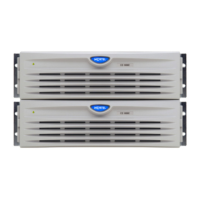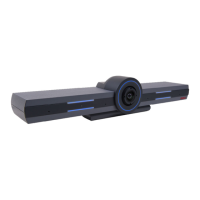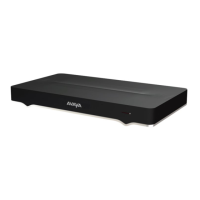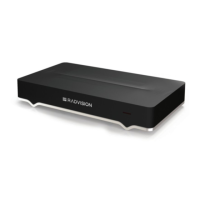both a primary and a secondary reference clock. These reference clock sources
are derived from either BRI spans or DSLs (DSL 0 and/or DSL 1).
Note:
A clock controller is required in every cabinet or Media Gateway that contains a
digital trunk.
5. Install the SILCs and UILCs. See Installing the SILCs and UILCs on page 58.
6. Remove the SILCS and UILCs, if previously installed. See
Removing the SILC and
UILC on page 60.
7. Install the PRI hardware. See Installing the PRI hardware on page 60.
Note:
This step is required for packet data implementation only.
8. Connect the ISDN BRI terminals or trunks.
a. Connect the ISDN BRI terminals for line applications:
i. Connect system cables to the cross-connect terminal. See
Connecting system cables to the cross-connect terminal on
page 65.
ii. Cross-connect the DSLs at the cross-connect terminal. See
Cross-connecting the DSLs at the cross-connect terminal on
page 69.
iii. Connect the terminating resistor to the SILC DSL. See
Connecting the terminating resistor to the SILC DSL on
page 72.
iv. Connect the ISDN BRI terminals to the DSL. See
Connecting
the ISDN BRI terminals to the DSL on page 74.
v. Initialize an Avaya M5317TDX terminal. See Initializing an
Avaya M5317TDX terminal on page 77
b. Connect the ISDN BRI trunks for trunking applications:
i. Connect the system cables to the cross-connect terminal. See
Connecting the system cables to the cross-connect
terminal on page 61.
ii. Cross-connect the DSLs at the cross-connect terminal. See
Cross-connecting DSLs at the cross-connect terminal on
page 62.
Installation procedures
ISDN Basic Rate Interface Installation and Commissioning March 2011 55

